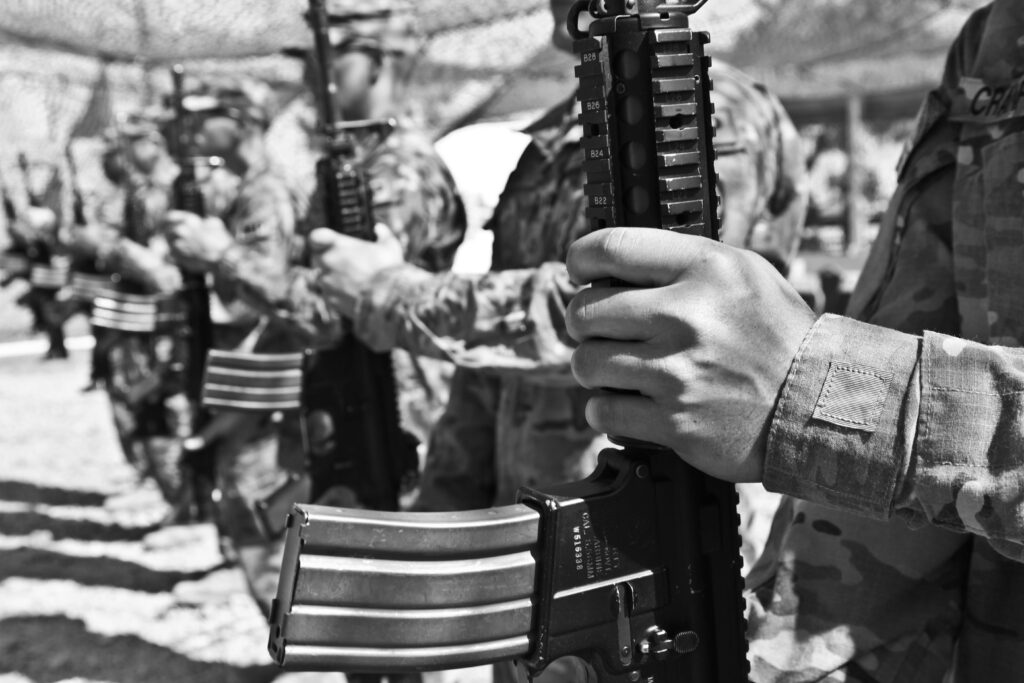
In the India-Pakistan a moment of tension in the shadow of the Himalayas, the air is thick with uncertainty, and a quiet dread hangs over the land. Kashmir, a region once marked by delicate balance, now feels like a powder keg, trembling on the edge of an explosion. For the people of both India and Pakistan, this moment carries the weight of history—one that threatens to unfold again, in ways that could change everything.
The Calm Before the Storm
Two days ago, Kashmir seemed like a place of tense peace. Though the air was never entirely free of tension, there was a fragile, unspoken understanding—an uneasy truce that had endured for years. But that peace now feels like a distant memory, and the ground beneath it seems to shift with each passing hour. What began as political friction has quickly escalated into something much darker. The drumbeat of war grows louder, echoing through the valley, carried by whispers of soldiers moving, borders sealing, and families torn between hope and fear.
In New Delhi, India’s leadership gathers in urgent meetings, and the gravity of the situation is undeniable. Prime Minister Narendra Modi, Defence Minister Rajnath Singh, and top military officials sit behind closed doors, weighed down by the burden of choices that could ignite an entire region. It is not just a matter of strategy; it is a matter of lives—millions of them.
Military forces are being mobilized. Borders are sealed. Curfews are imposed in Kashmir, and the once-bustling streets now feel eerily still. Only the distant hum of helicopters breaks the silence. Kashmiris, and the millions of families across both nations, are holding their breath. Each minute feels like an eternity.
The Spark: A Shocking Incident in Kashmir

The spark that set this crisis into motion was a simple, yet devastating, incident. Nearly 2,000 tourists found themselves trapped in a security vacuum, their lives thrown into chaos in an instant. Eyewitnesses describe a scene of confusion—military units and police forces, usually a steady presence, were nowhere to be found. The tourists, many of whom had come to experience the beauty of Kashmir, now found themselves exposed to the unknown.
One journalist, determined to capture the moment and share it with the world, attempted to report live from the scene. But just as the feed began, it was abruptly cut. Was it an error? Or was it deliberate? The silence that followed was deafening, and the world began to wonder if this moment of chaos was the first of many.
Indian media quickly pointed fingers at Pakistan, accusing it of orchestrating a covert operation. The comparisons to past events, such as the October 7 attack on Israel, were drawn. Could a single act of violence escalate into a larger conflict, one with consequences that would ripple across the globe? While some rushed to blame, others—perhaps more cautiously—wondered whether there was more to this story than met the eye.
India’s Leadership: A Shift from Defense to Offense?
For Prime Minister Modi, this moment is more than just a political challenge; it is a test of leadership in its rawest form. His tenure has been defined by a strong, sometimes unyielding, stance on security. But as the tension escalates, the weight of his decisions grows heavier. This is no longer just about military readiness; it’s about the lives of those who will bear the brunt of his choices.
Behind closed doors, whispers of military strategy and intelligence operations fill the air. India’s military readiness has reached unprecedented levels. The world is watching, waiting. Yet, amidst the careful strategy, the heart of the matter remains clear: it is the people—families, children, ordinary citizens—whose futures are at risk. What will the cost be?
Pakistan’s Response: A Call for Calm, But Not Cowardice
On the other side of the border, Pakistan stands equally on edge. Army Chief General Asim Munir delivers a message that is firm, yet restrained: “We seek no war, but we will not back down.” These words echo across Pakistan, carried not only by the winds of military readiness but by the quiet hopes of millions who long for peace.
Yet even as the government urges calm, the atmosphere is thick with anxiety. The government condemns what it sees as India’s manufactured crisis, but still, the sirens wail. Shelters are reopened in border towns, and citizens are told to remain alert. As families sit together in the dim light of evening, the fear of the unknown presses in.
On social media, Pakistanis—young and old, from every walk of life—share their concerns. Hashtags like #PrayForPeace and #StandWithKashmir flood timelines, as people plead for peace, not just for themselves, but for the region as a whole. It is not just about politics; it is about people—about the fathers, mothers, children, and friends who long to live without the shadow of war hanging over them.
Diplomacy in the Crossfire
The world’s response has been cautious, but time is running out. The United Nations has called for restraint, but its words feel almost hollow against the growing drumbeats of war. Can diplomacy still find a way through this storm? Or have we reached a point where the choices made in the next few days will shape the future of millions?
As military posturing grows on both sides, the question remains: Will the fragile thread of diplomacy hold strong enough to avert a full-blown conflict? Or is this the beginning of a new chapter in a long, painful history?
The Next 72 Hours: A Defining Moment
Sources close to Indian intelligence warn that the next 72 hours are critical. Will India strike preemptively? Will Pakistan retaliate? Or will diplomacy, against all odds, be enough to prevent a tragedy? These questions weigh heavily on the hearts of millions.
Across the region, from the bustling markets of Rawalpindi to the quiet streets of Srinagar, people are asking the same question: Will peace prevail? Or is this the beginning of something much darker?
Final Thoughts: The Cost of War and the Hope for Peace
In moments of crisis, leaders face choices that are not just about strategy but about the very fabric of humanity. The decision to choose strength often comes at an unbearable cost, while the decision to choose peace demands courage in the face of uncertainty.
To the people of South Asia: You have endured so much. Your resilience has been tested time and again, and your courage remains an inspiration. This moment is one more test. Let us hope that this time, it is peace—not war—that is chosen.
To the world: Now is the time to stay engaged. Silence in these moments only feeds the flames of conflict. The stakes are too high for inaction. Every voice matters, and every effort counts. Let us come together to support the forces of peace, even in the darkest of times.